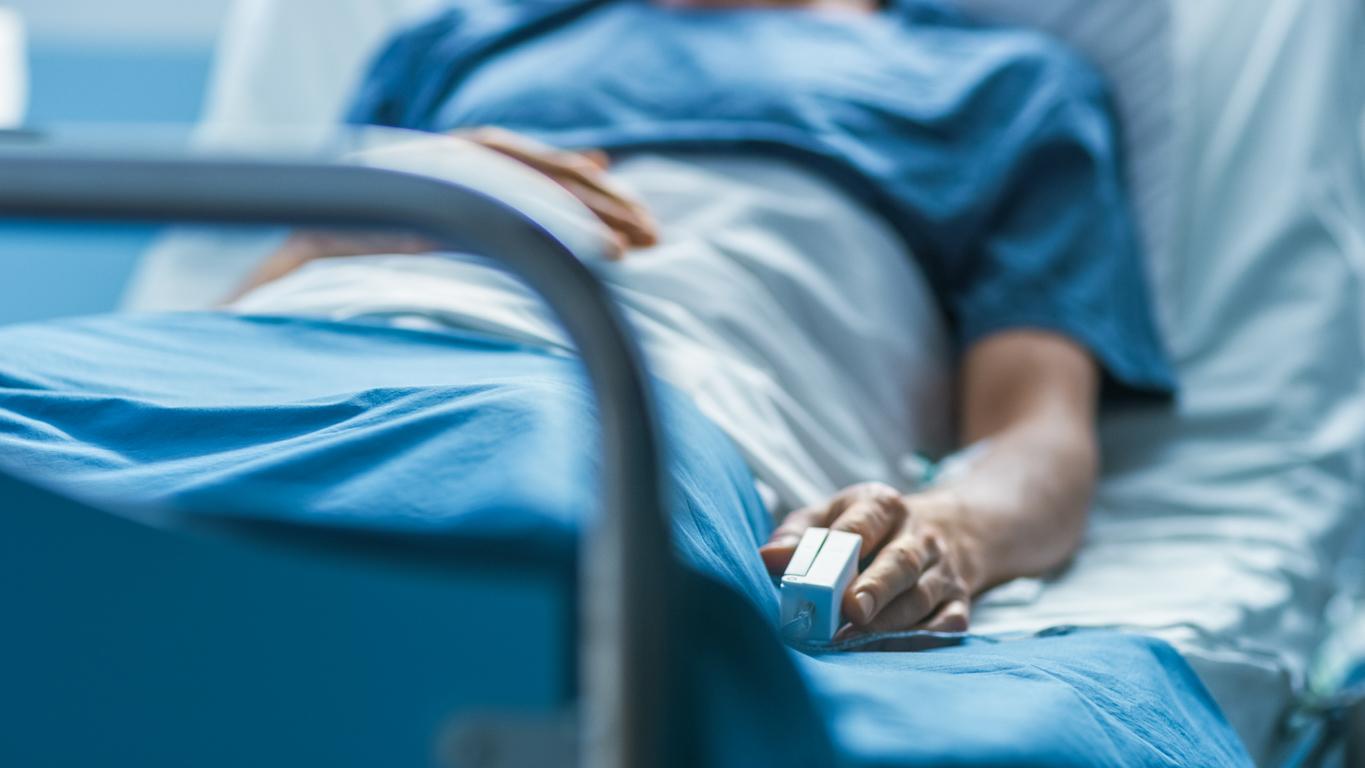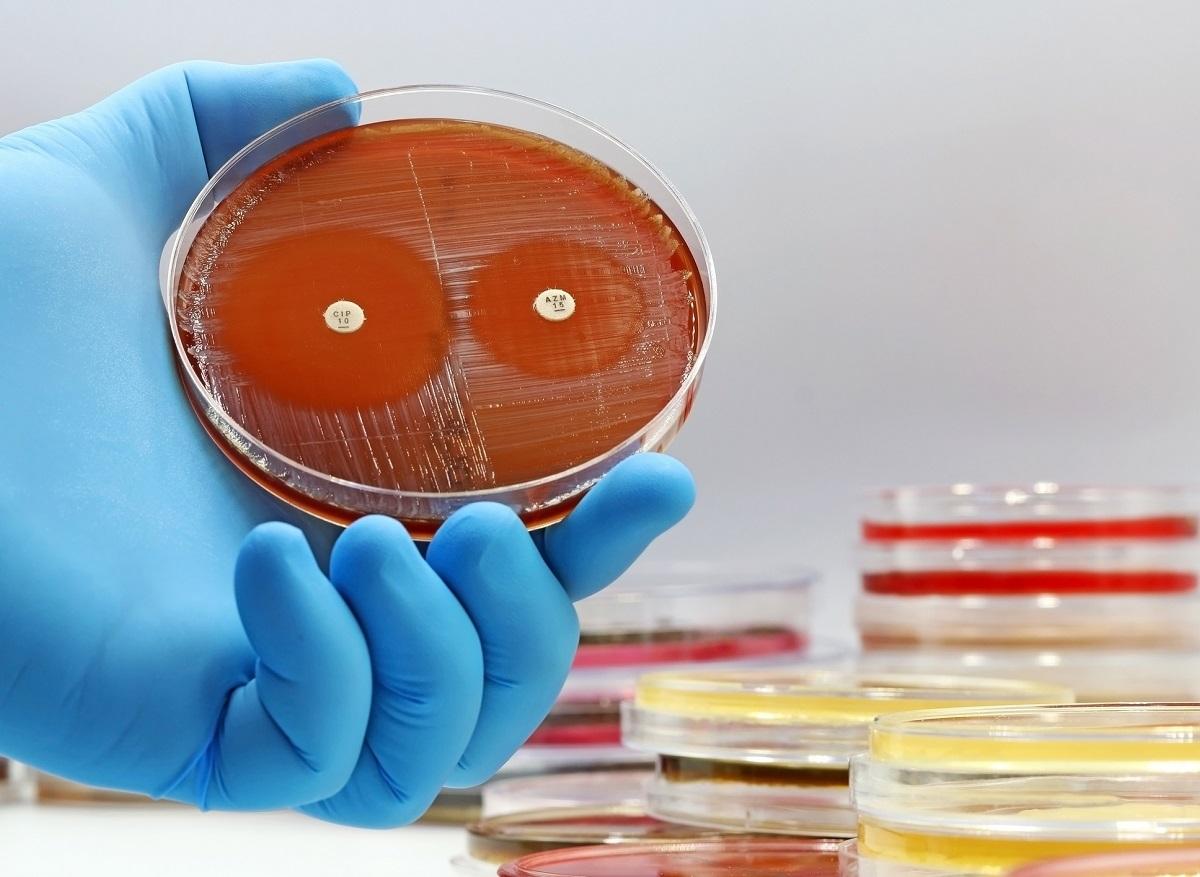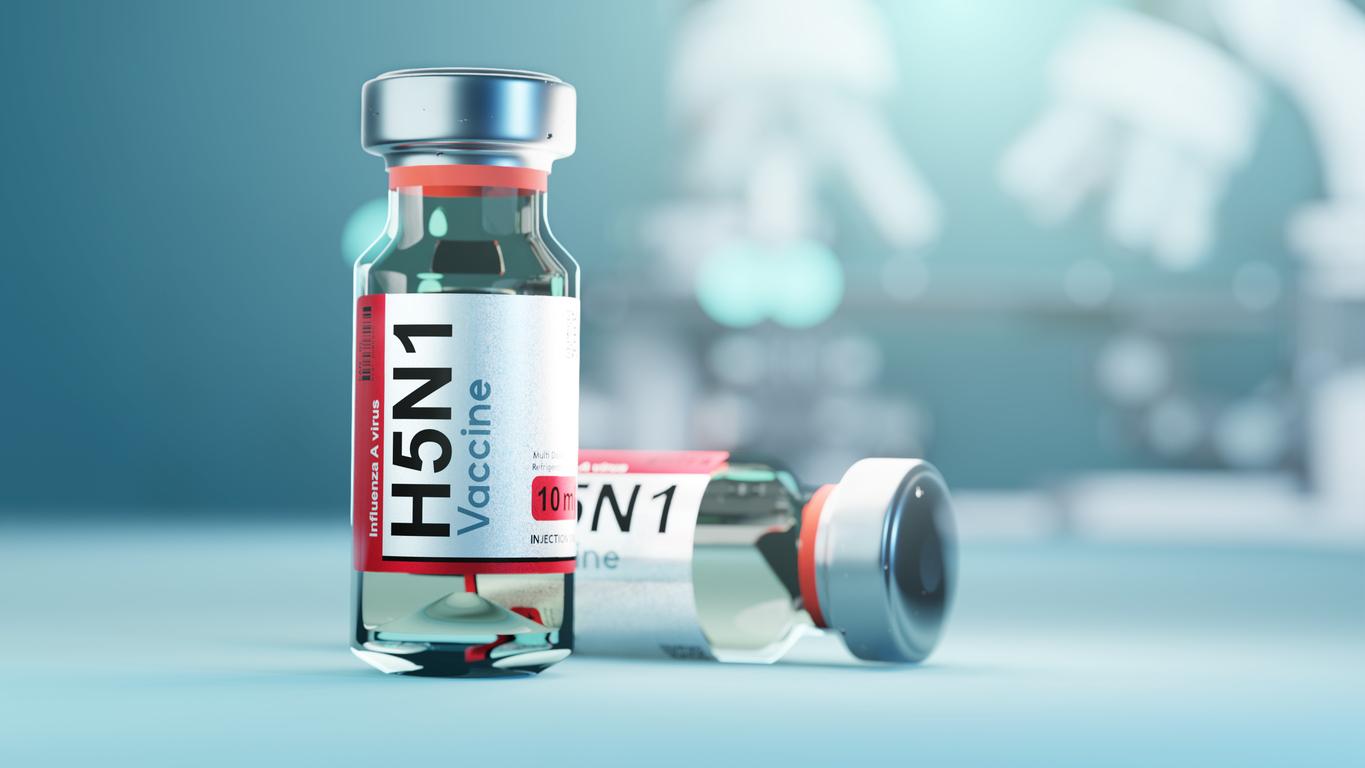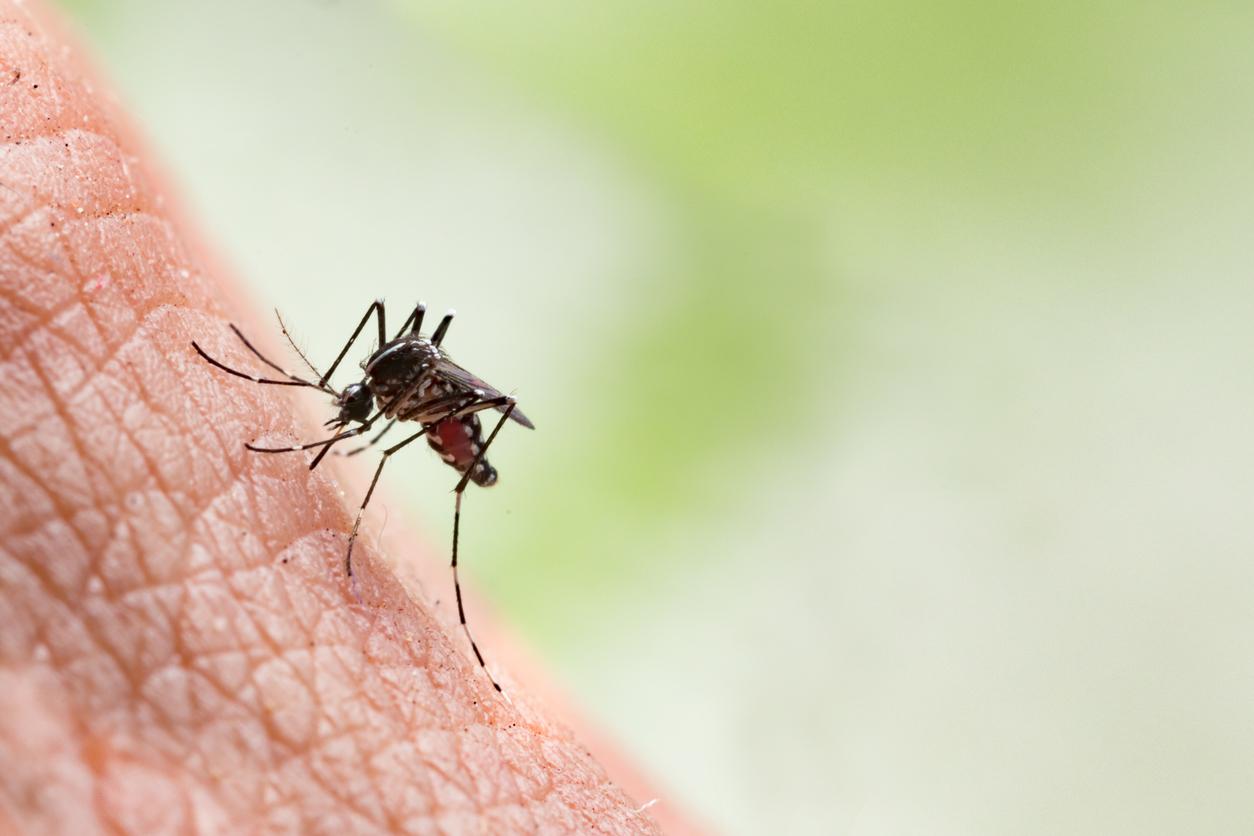A study shows that cases of Clostridioides difficile infections reported in hospitals may not result from transmission during care, but from the infected patient themselves.

- Among the most common hospital infections is that caused by the bacteria Clostridioides difficile.
- An American study shows that there is actually little transmission between patients. The majority of patients studied already had the bacteria in their intestines.
- Researchers plan to continue their work to identify people at risk and the best measures to further reduce cases.
Nosocomial infections are infections contracted during a stay in a healthcare establishment. Hand washing, isolation, thorough cleaning… healthcare staff are stepping up measures to prevent patients from contracting it during their hospitalization. But despite these efforts, infections beginner in the hospital remain numerous.
By seeking to understand this phenomenon, and more particularly the transmission of the bacteria Clostridioides difficult (VS. Diff, formerly Clostridium difficile), researchers from the University of Michigan Medical School and Rush University Medical Center made a surprising discovery. They shared it in an article published in Nature Medicine.
Infection to the hospital : little transmission between patients
Wishing to better identify the origin of infections declared at the hospital, scientists analyzed the files of more than 1,100 patients hospitalized and carried out genome sequencing of strains of C. Diff isolated from nearly 4,000 fecal samples. The results of the study revealed a surprising origin of nosocomial infections with C. Diff.
The team found that strains of this bacteria varied greatly from patient to patient. This indicates that there would be little transmission between patients. In addition, the people most at risk of developing the infection would be those who naturally have the bacteria present in their intestines.
C infection. Diff : better identify people at risk
“Something happened to these patients that we still don’t understand and that has triggered the transition from C. Diff present in the intestine to the body, causing diarrhea and other complications resulting from infection“, explains the Pr Evan Snitkinco-director of the study, in a communicated. It is essential for the team to find ways to prevent it from happening.
Scientists plan to continue their research and use artificial intelligence models to predict patients at risk of C. Diff and identify those who are more likely to benefit from targeted preventative measures.
If their work reminds us that the infection declared in the hospital can be “endogenous” (the patient becomes infected with his own germs)the researchers specify that they do not mean that infection prevention measures in hospitals are not necessary or that nosocomial infections cannot be acquired during care. (transmission of bacteria by third parties). For them, good prevention practices applied by healthcare staff are responsible for the low rate of bacteria transmission. Thus, they believe that their study shows the need to implement additional measures to better identify patients at risk. of C. infection. Diff and find ways to stop it.
















